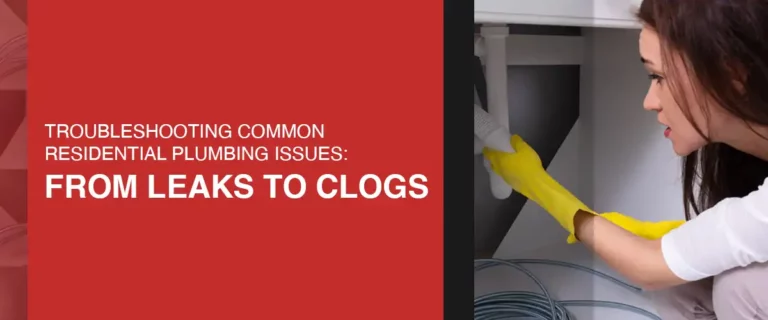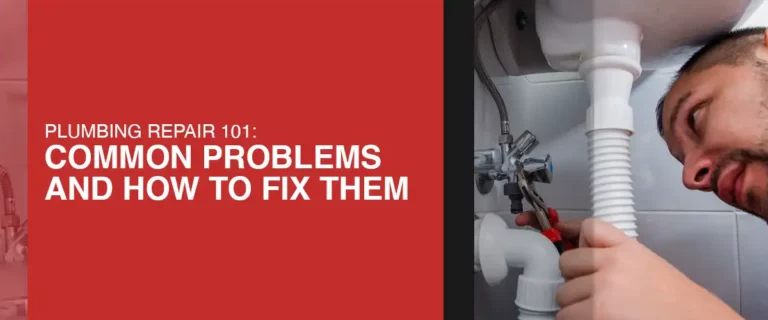How to Clean a Sump Pump
Suppose you’ve ever had one of those days where it’s been raining all day. There’s no way to get the water out of your house; you know that sump pumps are a lifesaver. But if your sump pump leaks, jammed, or is not working correctly, you might wonder how to clean it. Fortunately, cleaning your sump pump can be as easy as running water through it! Keep reading our step-by-step guide to getting your SUMP Pump back in tip-top shape.
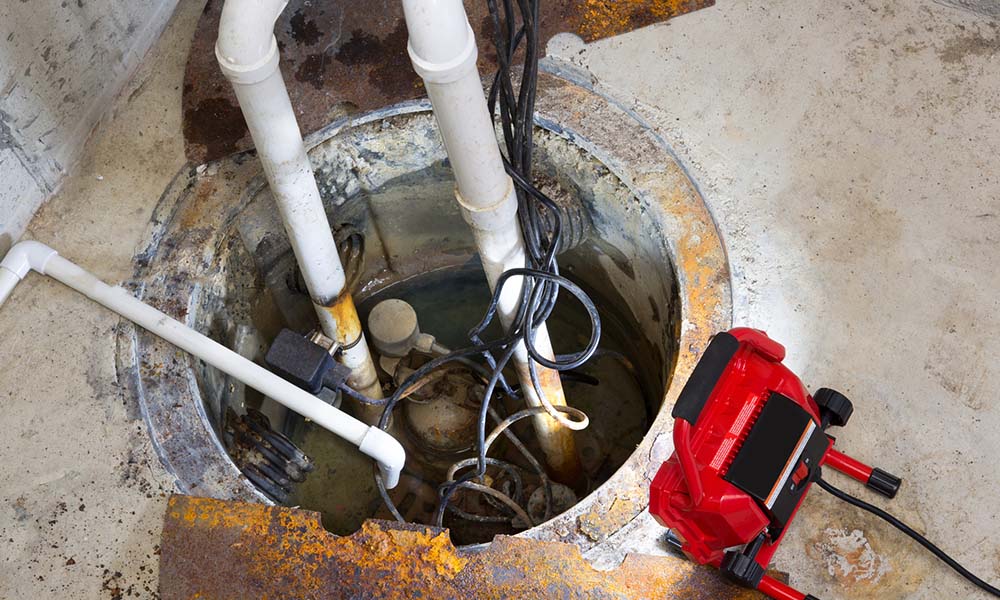
Unplug or Power Down Your Sump Pump.
It would be best if you unplugged or powered down your sump pump. If you have a more extensive system, it’s best to disconnect the power cord from the wall. Make sure that all circuits are off before working on your sump pump.
If your system is battery-powered, remove the batteries and store them outside until you can reinstall them.

Inspect the Valves and Impeller.
- Inspect the valves and impeller for debris, corrosion, or other issues.
- If there are no signs of wear or damage on the pump, you can clean it by simply flushing out any loose materials with water. If you notice anything unusual—such as a buildup of lime deposits in your sump basin—you’ll need to do some serious cleaning before continuing with this step.
- You should also check all areas where water could leak into your home if something goes wrong (i.e., drains).
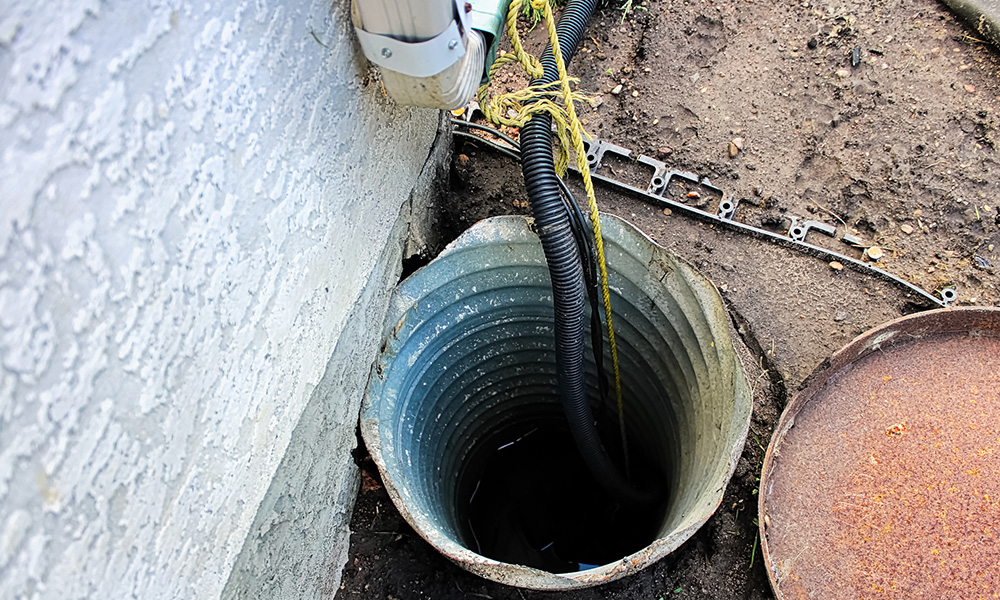
Clean the Sump Pump
To clean the sump pump, use a hose or brush to remove dirt, debris, and other particles around the pump’s discharge line. If your pump has a float switch, you should remove it so it can be thoroughly cleaned.
Clean any remaining water inside your sump tank using a garden hose with nozzles at each end (or another small faucet). This will help prevent clogging in future repairs if there is still some liquid left over after emptying it of sight entirely!

Remove the Cover and Locate the Pump Impeller.
The first step to cleaning your sump pump is to remove the cover. This can usually be done by lifting the body and pulling it off its hinges. If you’re unsure how to remove it, consult an expert in this area before proceeding any further!
Once you’ve removed the cover, locate your pump impeller (the part that creates suction). It’ll likely be visible through a grating or opening in your sump system’s floor. Use a cotton swab dampened with water to wipe away any debris around this area. You want everything clear so there’s no blockage when you plug in your vacuum cleaner later on! Check for additional debris inside as well. If any foreign objects, such as leaves or twigs, are lodged within this portion of your home’s drainage system, remove them using a pair of pliers before proceeding further down this guide.

Remove Debris.
The first step is to remove debris from your sump pump. You can use a shop vacuum or wet/dry vac. You may need to use some force if a lot of gunk is built up on the inlet and discharge pipes. If you have access to these tools, then go for it! Otherwise, use an old stiff wire brush (used for cleaning car engines) on the inlet and discharge pipes first. After that, concentrate on clearing out any further dust or dirt-filled areas of your sump pit.
Finally, empty any remaining debris inside of your home’s water supply system by pouring bucketsful of water into each faucet until they run clear again; this will help prevent future clogs caused by buildup inside pipes over time as well as avoid problems of corrosion when accessing plumbing lines later downrange into homes whose owners haven’t replaced them yet!”
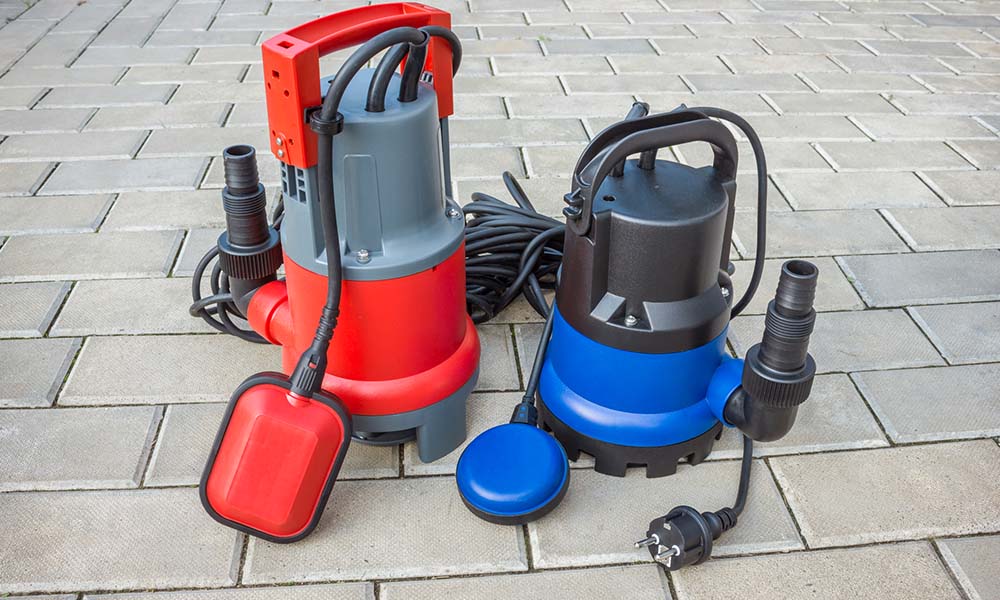
Check the Float Switch.
The float switch is a small, round piece of plastic that sits in the middle of your sump pump. It tells you if the water level has dropped below a certain point, triggering an alarm and turning off your pump. If you suspect this part may be causing any issues with your sump pump, it’s essential to check for debris or corrosion on or near it before cleaning. You should also check for damage—if something looks wrong or damaged (like if there are cracks around where the float switch sits), discard that particular item and order another from Amazon Prime!
If none of these options work well enough for how much time they’ll take out of our lives each day (or week), we’ll probably have to try something different next time around:

Inspect the Discharge Line.
After you’ve removed the pump from your sump, inspect the discharge line. Look for any signs of leakage or other problems at this point. If there are no leaks or other issues, then it’s time to move on!
If you notice a problem with your discharge line (such as rust), have a professional check it out immediately so that you don’t end up with a costly repair job down the road.
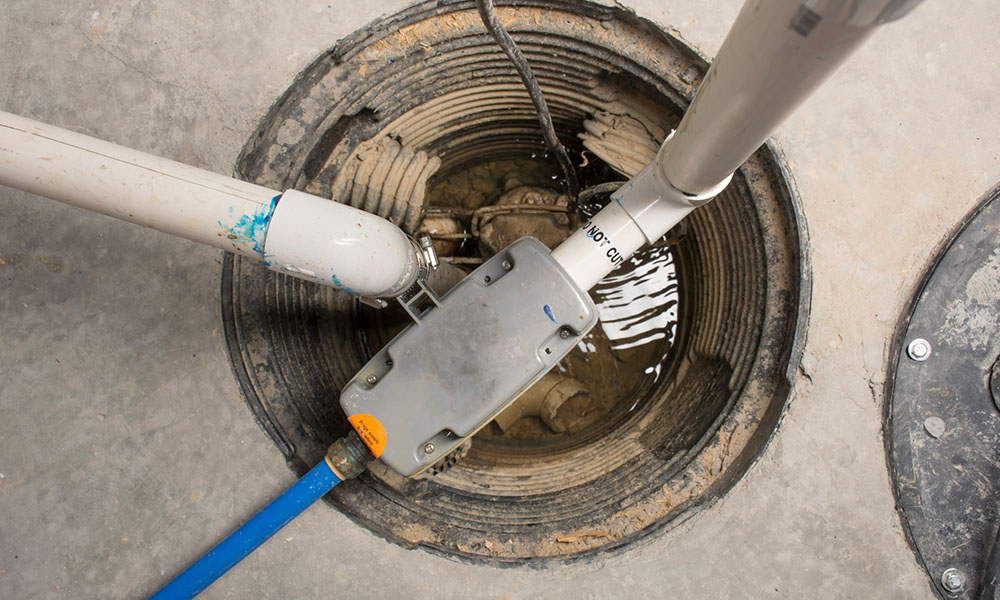
Disconnect the Sump Pump From the Sump Pit.
The first step is disconnecting your sump pump from connecting with the pit. This will allow you to drain and dry out any water that may be contained in its system, making it easier for you to clean.
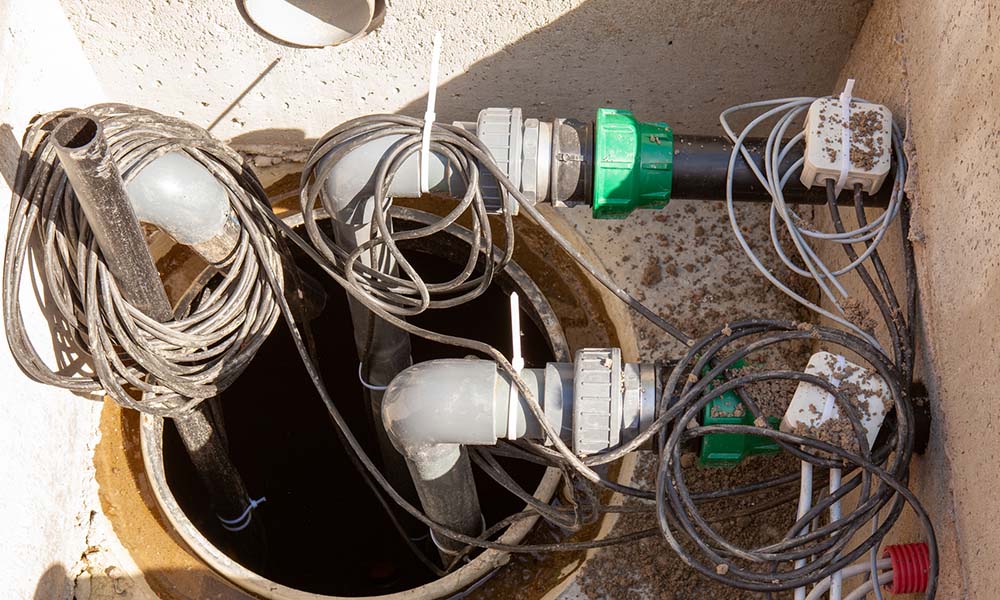
Reinstall your sump pump’s cover and turn on your power supply.
Now that you’ve removed your sump pump’s cover, it’s time to put it back. You must ensure the body is adequately seated and turn on your power supply.
To check if your cover is in place:
- Remove any debris inside the sump basin before turning on the power. This way, when water starts flowing through the inlet later down the road, nothing will be blocking it from doing so effectively enough for practical cleaning purposes (which means fewer trips back into town).
- Turn off all electrical appliances within reach of where water will go when switched back on again after cleaning has been completed successfully today!

Help Your Sump Pump The Way It Helps You
Sump pumps are designed to help you keep your home dry, and they do just that. They’re also designed to handle water, which makes them excellent at their job. If your sump pump isn’t working correctly, something could be wrong with it or the drainage system.
Sump pumps are easy-to-use tools that save time by not requiring an electrician or plumber on-site when needed. The best part about having a functional sump pump is that there are no leaks—no more worrying about flooding your basement! If you want to clean your sump pump, knowing the proper way is essential. Following these tips, you can keep your sump pump running smoothly for years!





